
MPI-SHH Summer School
 MPI-SHH Summer School
MPI-SHH Summer School

Jacopo Niccolò Cerasoni (Pan-Ev Lab)
TBA Press the class title to view the video!

Dr. Kseniia Ashastina (Archaeology) and Traci Billings (Archaeology)
Micoremains can tell MEGA stories! Join us to learn how archaeobotanists use ancient botanical remains to unravel lifeways of the past.

Dr. Kseniia Ashastina (Archaeology) and Traci Billings (Archaeology)
Are you interested in a crash course in macrofossil analysis? Here we provide a step by step introduction to the method from the excavation to the publication.

Dr. Kseniia Ashastina (Archaeology) and Traci Billings (Archaeology)
A workshop on the essentials of plant macrofossil analysis. Here we present a bucket flotation demonstration and take a closer look at seed identification for beginners!
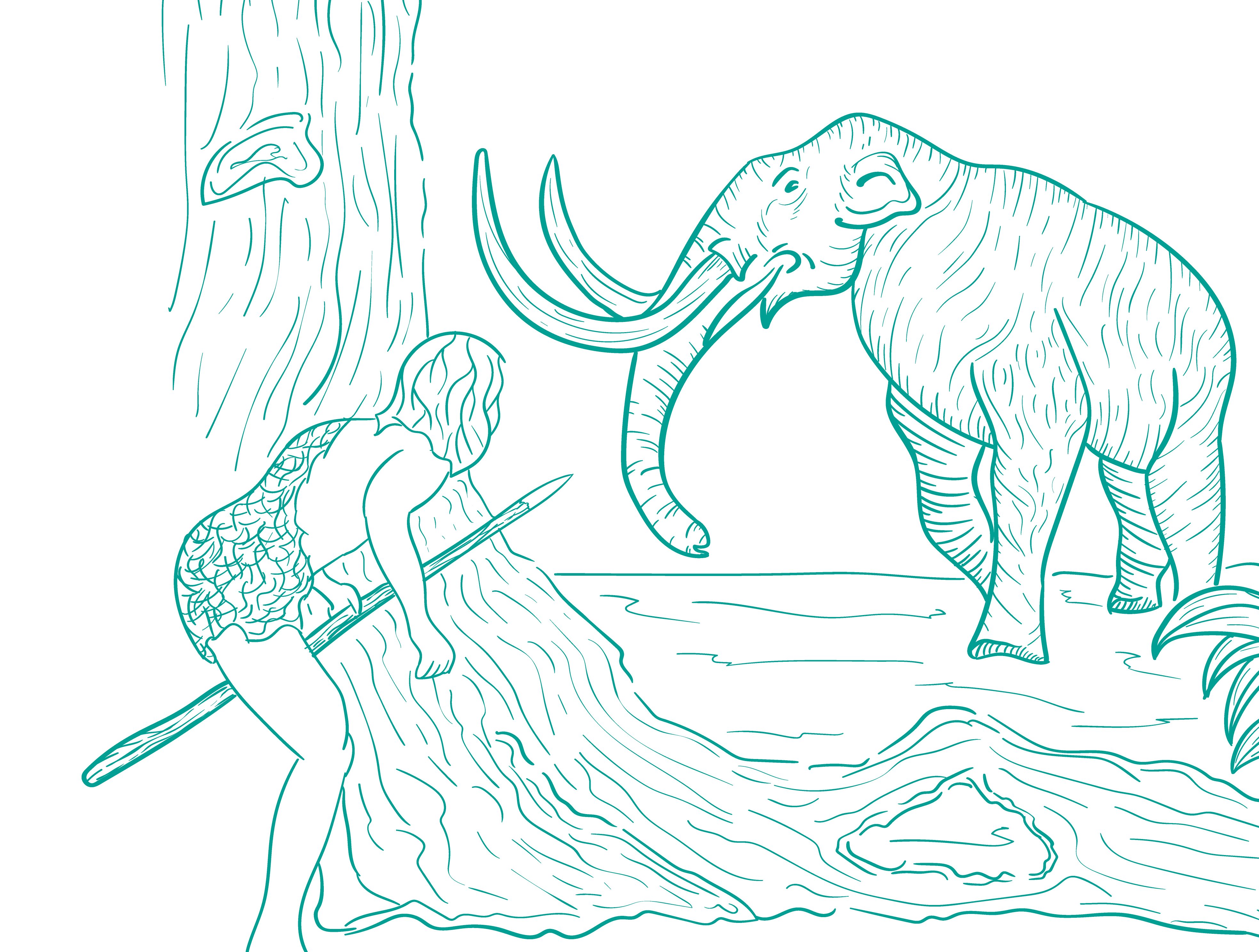
Carli Peters (Archaeology) and Dr. Kseniia Ashastina (Archaeology)
Climate change, overhunting or superdisease, what killed them? Find out more about the fate of these iconic animals and their legacy today.
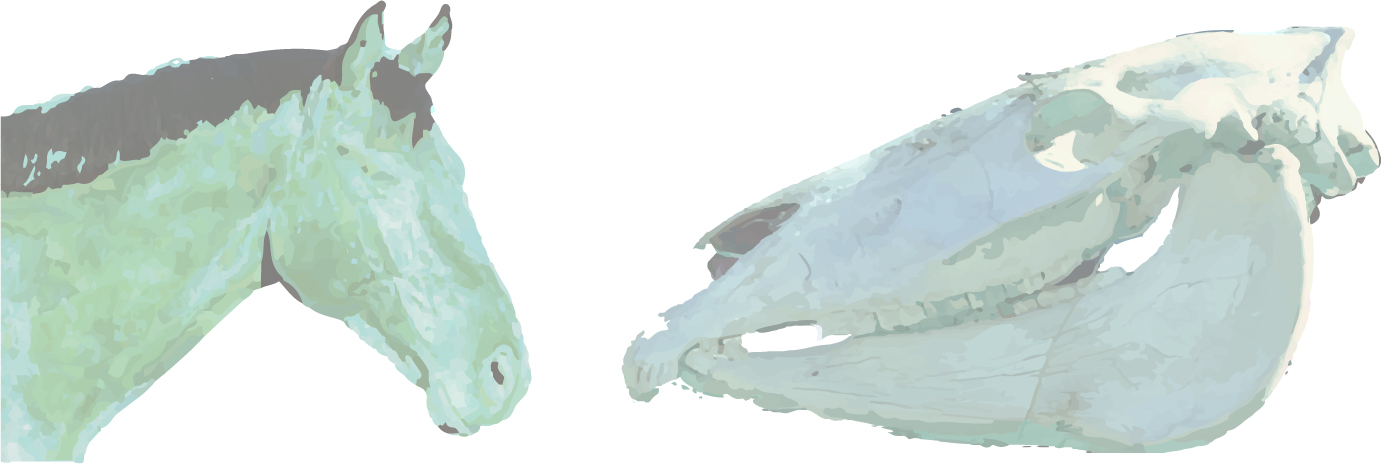
Dr. Noel Amano (Archaeology)
This short course aims to introduce students to the study of animal remains recovered from archaeological sites and how they can provide insights on subsistence economies of past human societies, contribute to socio-cultural understanding of the sites and be used to reconstruct past environmental conditions.The course will cover basic analytical methods in zooarchaeology and taphonomy, from excavation and data acquisition to interpretation. Case studies from different parts of the world and different time periods (from Paleolithic to Historic sites) will be presented to illustrate the application of techniques and current debates in the field.
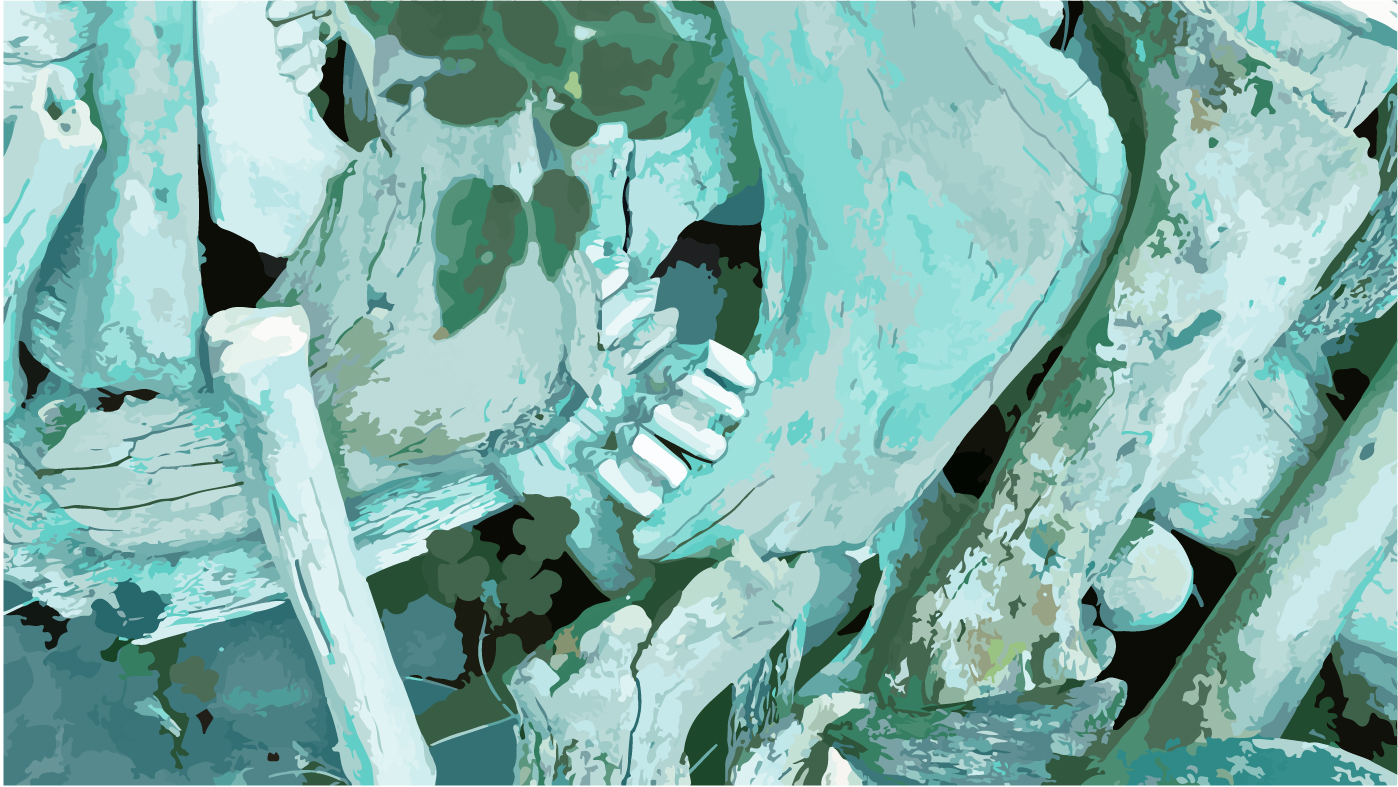
Carli Peters (Archaeology)
This class will give you an introduction to the basic principles of Zooarchaeology by Mass Spectrometry (ZooMS) and its applications to study bone assemblages from archarological sites.
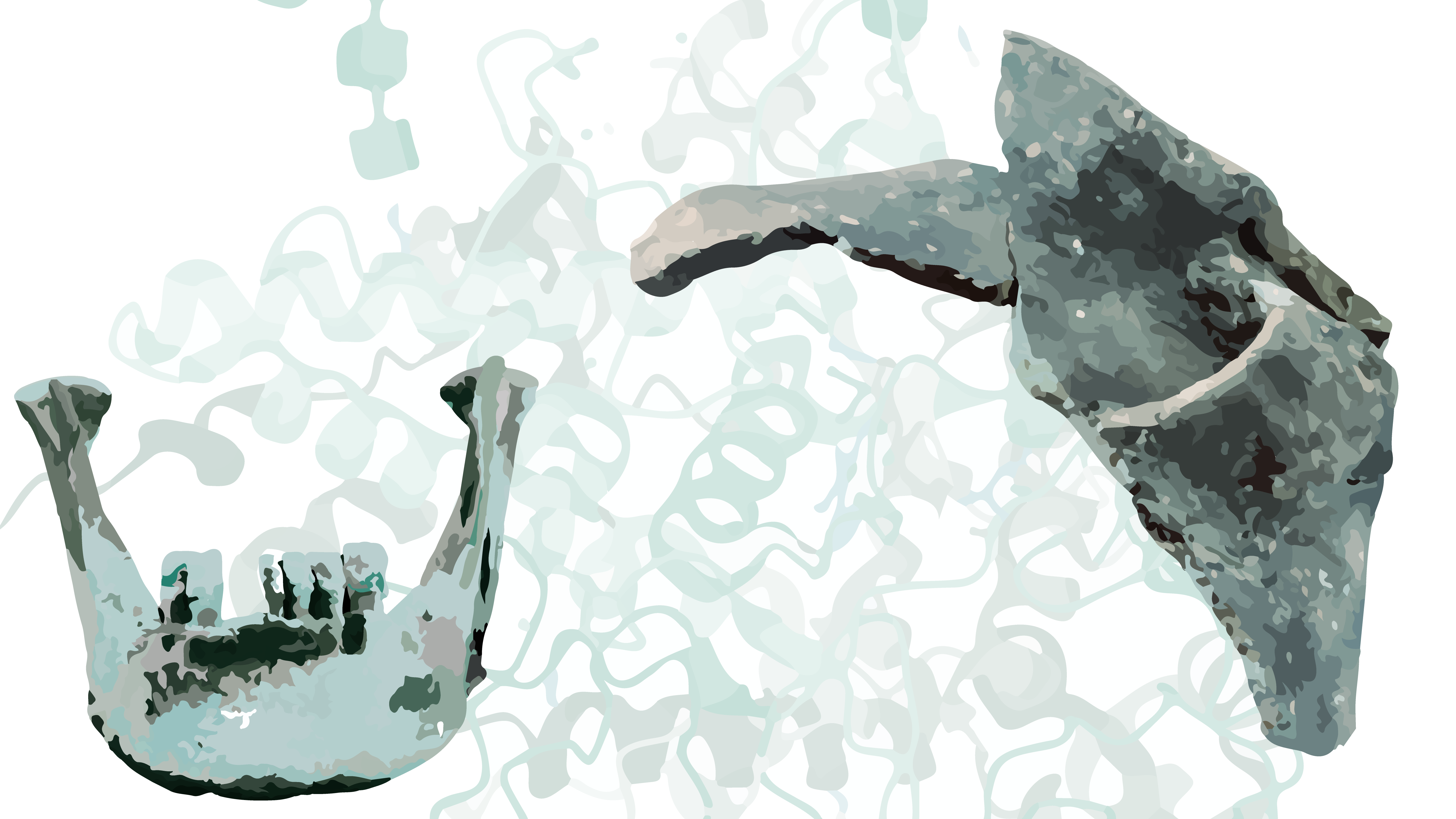
Li Tang (Archaeology)
An overview of the interior Tibetan Plateau spanning the Paleolithic period to the beginning of the Tibetan Empire.

Jacopo Niccolò Cerasoni (Pan-Ev Lab)
TBA

Selina Carlhoff (Archaeogenetics) and James A. Fellows Yates (Archaeogenetics)
From its origins in the 1980s, archaeogenetics has come a long way. In this session we will explore the history, challenges and methods of ancient DNA research before diving into applications and examples. Press the class title to view the video!

Maxime Borry (Microbiome Sciences Research Group)
In this practical workshop, we'll learn how to analyse ancient DNA metagenomics data, starting with the results of the Eager pipeline. We will perform some community level analyses, and learn how to compare samples from an ecological community perspective. You will learn about source tracking, diversity, and ecological distance metrics. Press the class title to view the video!

Dr. Irina Velsko (Archaeogenetics) and Zandra Fagernäs (Archaeogenetics)
Microbes influence humans in myriad ways, and can be traced in the archaeological record through materials as varied as dental calculus, palaeofeces, and cooking pots. These microbes have diverse relationships with humans, ranging from commensals to food fermenters to pathogens. In Microbial Archaeology, we'll present great sources of ancient microbes and the fascinating questions we can address about human history by studying them. Press the class title to view the video!
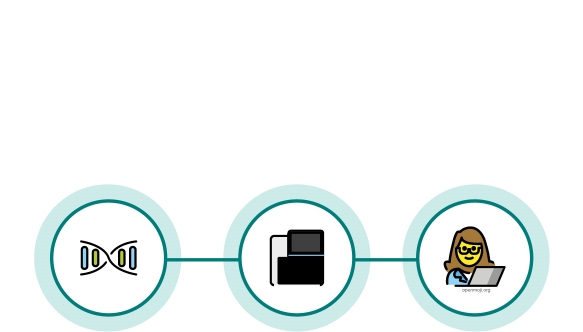
James A. Fellows Yates (Archaeogenetics)
In this session we will introduce how modern Next-Generation-Sequencing machines convert DNA molecules to human readable files. We will have a live demo on how these sort of files are then computationally processed for downstream genetic analysis using the dedicated ancient DNA pipeline nf-core/eager. Finally, we will have a hands-on activity of how to go through a NGS data processing report.

Selina Carlhoff (Archaeogenetics) and Mei-Shin Wu (CALC Research Group)
The course aims to enhance the communication between geneticists and scholars with other academic backgrounds. Therefore, the content covers the fundamental knowledge of population genetics and the skill of interpreting the outcomes of population genetics studies. The last part of the course focuses on discussing how to integrate the results into your own study.

Selina Carlhoff (Archaeogenetics)
Human remains hold a unique position between scientific interests and cultural significance which cannot be ignored in archaeogenetic research. In this session we will talk about ethical considerations and suggested best practices. And since there is a subjective side to these topics, be prepared for a dicussion round in the second half of the class!

Selina Carlhoff (Archaeogenetics) and Mei-Shin Wu (CALC Research Group)
As introduced in the preceding lecture, population genetics are based on complex statistics which have been implemented in a range of ready-to-use software. One of such is Treemix, a visualization of admixture events based on maximum likelihood trees. This hands-on workshop covers the basics of popgen bioinformatic analyses, such as Treemix, so be ready to run some data with us!

Megan Michel (Archaeogenetics)
Ancient pathogen genomes recovered from human archaeological remains provide a unique source of data for understanding the role of disease in human history and evolution. In this hands-on workshop, we will introduce phylogenetic methods commonly used in ancient DNA analyses. After constructing some phylogenies of our own, we will discuss how these trees can be interpreted to make inferences about the origins, transmission, and evolution of ancient pathogens.

Annika Tjuka (Linguistic and Cultural Evolution)
Today, about 7000 languages are spoken around the world. How did this language diversity emerge? Researchers interested in linguistic and cultural evolution use language documentation methods, global databases, and phylogenetic methods to uncover patterns of variation. To answer big picture questions in human history, these researchers need to work across disciplines, often combining knowledge from anthropology, computer science, evolutionary biology, linguistics, and the social sciences. In this introductory lecture, I provide an overview of the aims and methods of studies in linguistic and cultural evolution. Press the class title to view the video!
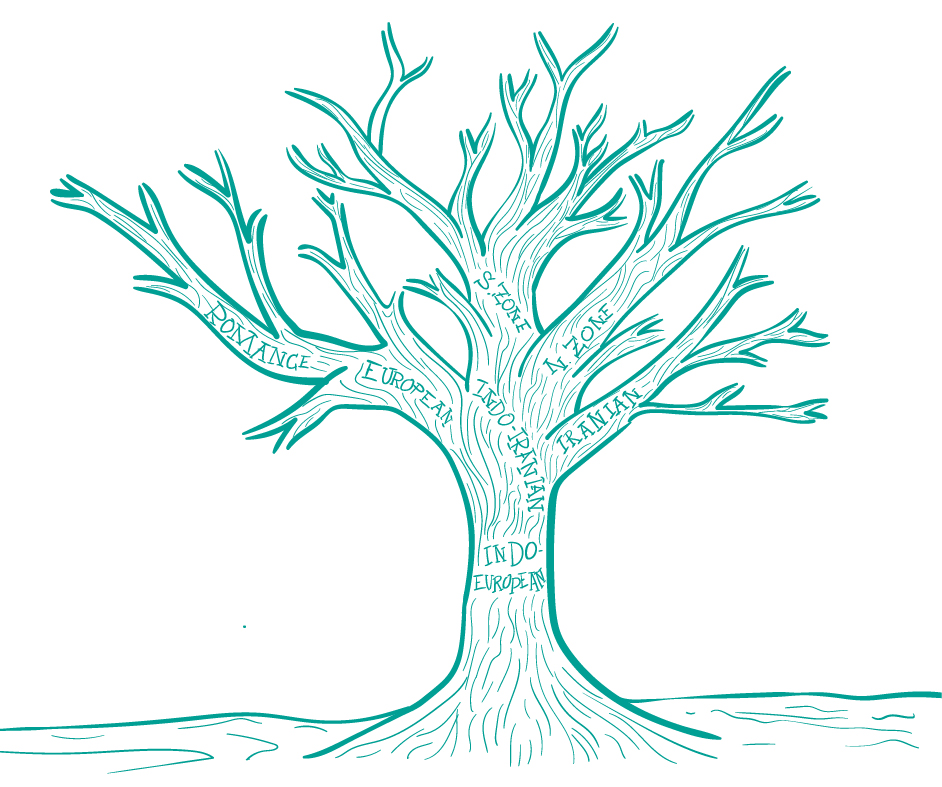
Dr. Hedvig Skirgård (Linguistic and Cultural Evolution)
In this introduction we will become familiar with the subfield of linguistics known as “linguistic typology”. Linguist typology seeks to answer questions such as “what is where and why” and uses a fundamentally cross-linguistic approach. We will go through basic concepts in linguistic typological methodology and some famous examples of linguistic universals.
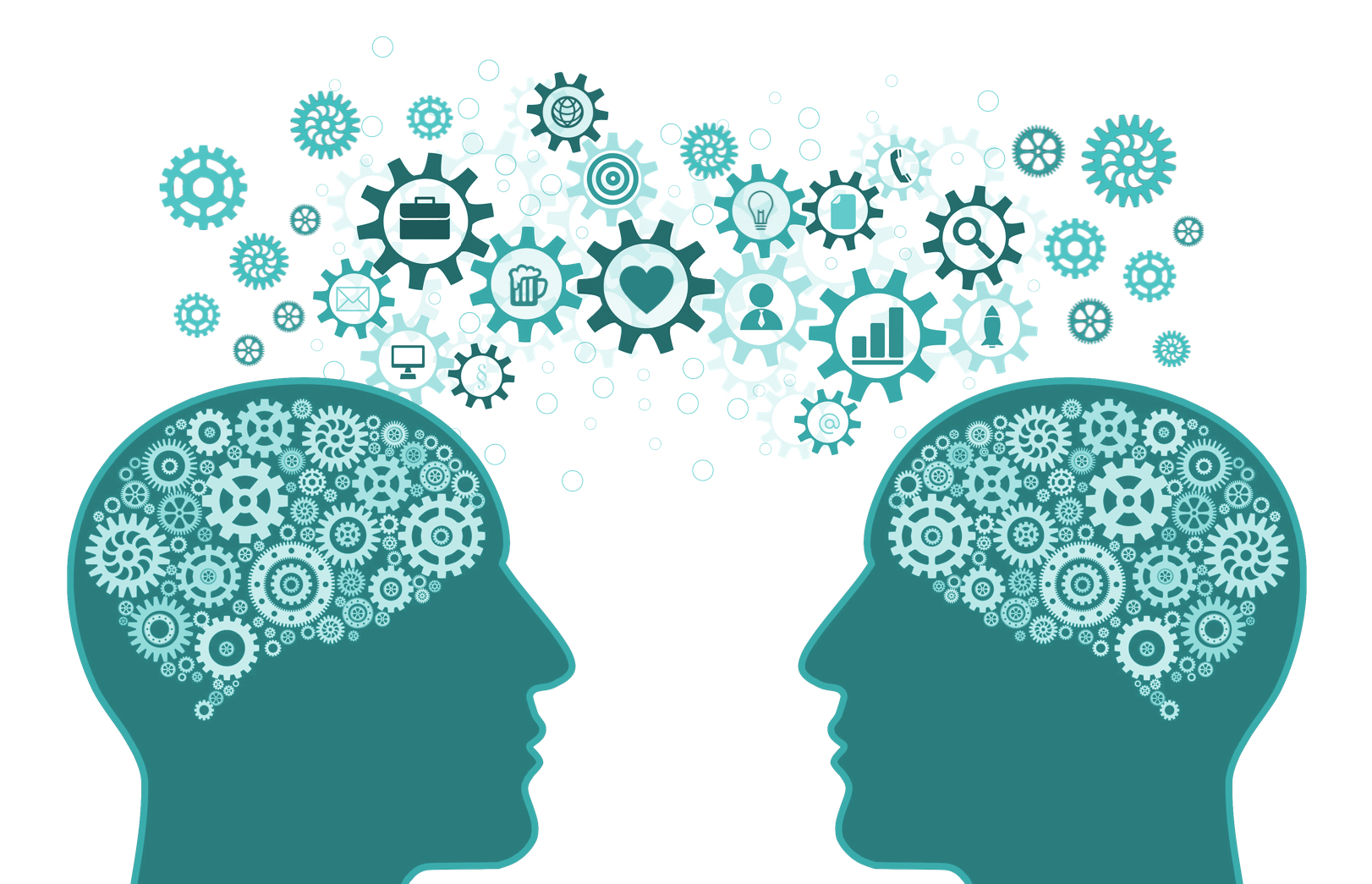
Ayaka Tsuchiya (MINT Research Group) and Dr. Yoolim Kim (MINT Research Group)
How do we perceive and process information? How does the brain represent language? What makes communication possible? These are some of the complex questions we tackle in Cognitive Science. This interdisciplinary field draws together a number of different strands, spanning from linguistics, to psychology, to anthropology and beyond. In this lecture, we introduce you to the state of the field and the types of methodologies commonly used to probe questions about the brain, mind, and cognition.
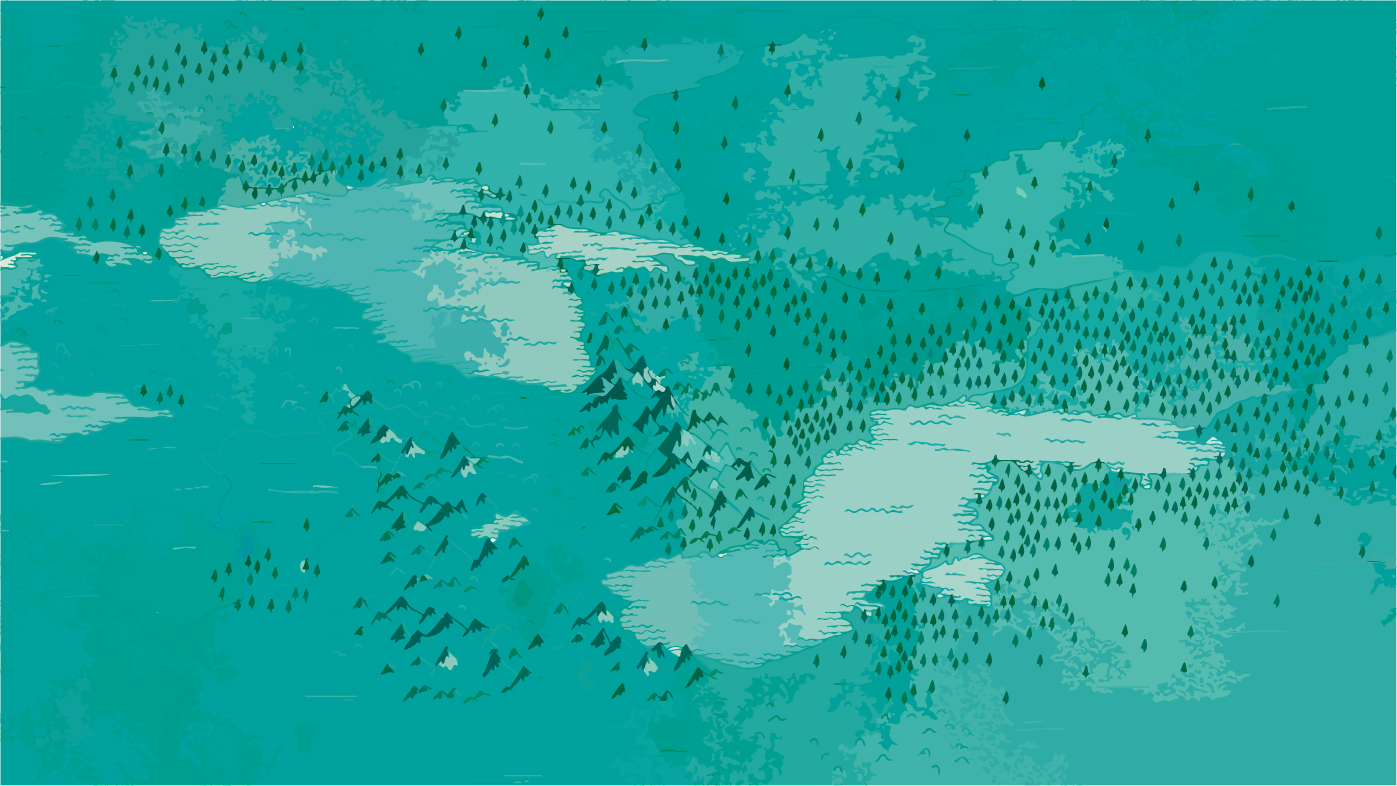
Rasmus G. Bjørn (Archaeolinguistic Research Group)
Loanwords provide a rare glimpse into the minds of prehistoric peoples in contact. Gain new insights to the ephemeral spread of culture, and follow the spread of pastoralism, agriculture, and technologies across millennia and continents. Press the class title to view the video!
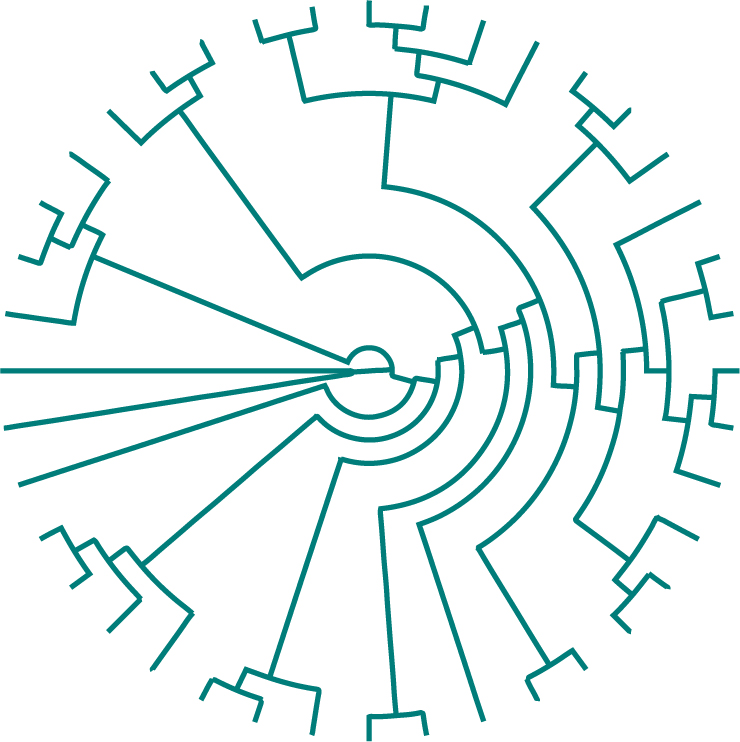
Annika Tjuka (Linguistic and Cultural Evolution), Nataliia Hübler (Linguistic and Cultural Evolution) and Olena Shcherbakova (Linguistic and Cultural Evolution)
The course offers an introduction to Bayesian phylogenetic linguistics. We will explore why, how, and for which purposes trees are used in linguistics and what alternatives are available. The course also touches upon the evolutionary dynamics of linguistic traits on a phylogenetic tree: phylogenetic signal, ancestral state reconstruction, and coevolution of structural features. Press the class title to view the video!

Olena Shcherbakova (Linguistic and Cultural Evolution)
Ever wondered why some languages seem to enjoy a better "reputation"? Ever witnessed or participated in a heated argument about the right way to spell, pronounce or use a word or a phrase and asked yourself where those strong views come from? Join the crash course on Language Attitudes by Olena Shcherbakova to get to the core of these questions.

Rasmus G. Bjørn (Archaeolinguistic Research Group) and Robert Tegethoff (Linguistic and Cultural Evolution)
In what is perhaps the most contentious debate in historical linguistics, scholars have employed both archaeological and genetic evidence to argue for homelands from the Baltic to Lake Baikal. In this class we’ll get you up to date and hone in on methods and evidence, and discuss what, indeed, the big deal really is. Press the class title to view the video!

Selina Carlhoff (Archaeogenetics) and Mei-Shin Wu (CALC Research Group)
The course aims to provide an overview of the population genetics and linguistic studies about the Southeast Asian linguistic area. The content applies the knowledge from the introductory courses to interpreting the existing results about Hmong-Mien languages, the speaker populations, and the relationships to the other SEA language speakers.

Prof. Dr. Martine Robbeets (Archaeolinguistic Research Group)
Archaeolinguistics is the study of the human past integrating archaeological and linguistic evidence to reconstruct various aspects of human evolution and culture. With recent advances in the study of ancient DNA, the discipline is not limited to the intersection between archaeology and linguistics, but also increasingly interacts with genetics. Over the last decade, the triangulation of these three disciplines has been revolutionizing our view of human prehistory. In this course we will focus on the current trend in the sciences and the humanities to integrate linguistics, genetics and archaeology as complementary windows into the human past. We will illustrate the methodology by applying it to linguistic families is North and East Asia, the Transeurasian languages (i.e. Turkic, Mongolic, Tungusic, Koreanic and Japonic languages) in particular. Press the class title to view the video!

Anne-Maria Fehn (Linguistic and Cultural Evolution) and Jacopo Niccolò Cerasoni (Pan-Ev Lab)
TBA

Rodrigo Barquera (Archaeogenetics) and Sandra Auderset (Linguistic and Cultural Evolution)
In this class we will give an overview of research in genetics and linguistics concerning the Americas. We will explore what we know about this continent from the perspective of each field and discuss how the two fields can interact to gain a better understanding of the human past of peoples in the Americas. We will focus on a case study to illustrate how linguistics and genetics can inform each other to answer research questions regarding populations indigenous to this continent.
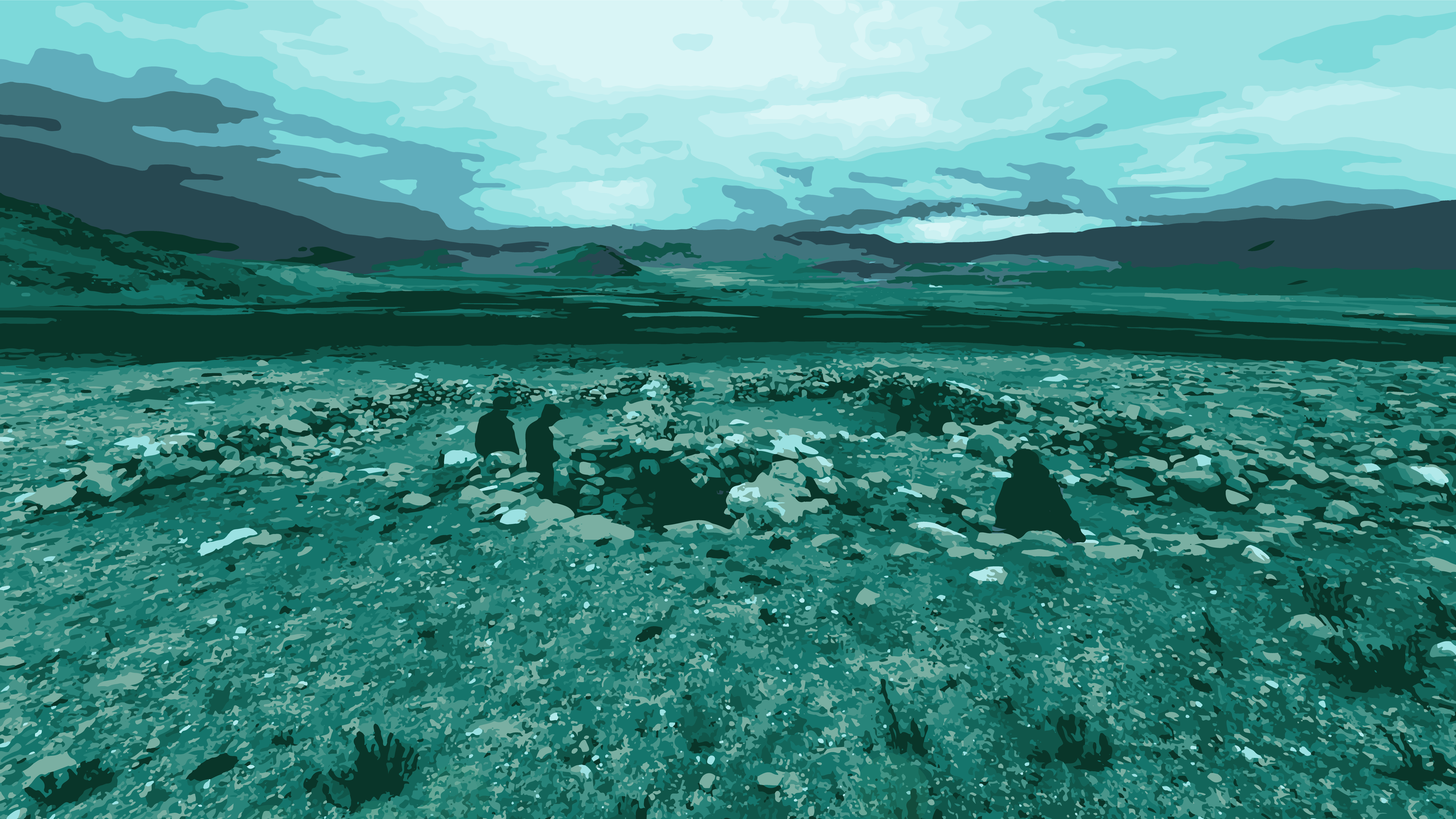
Li Tang (Archaeology)
This class will provide a basic survey of ancient Tibet spanning the Paleolithic period to the beginning of the Tibetan Empire. The course will examine the ongoing interdisciplinary research related to the initial peopling, ancient diet and subsistence economies, as well as social organization of the Tibetan Plateau.

Eleftheria Orfanou (Archaeogenetics) and Dr. Natalie Uomini (Linguistic and Cultural Evolution)
We will present principles of interdisciplinary research. Our class covers all the topics that will allow researchers to get started as interdisciplinary scholars, or to progress in their existing interdisciplinary connections. With interactive methods and practical activities students will learn about basic concepts, challenges of this kind of work, recommendations for good practice, some case studies, and how to avoid common pitfalls. Students will gain a better understanding of what it means to be truly interdisciplinary and they will develop their own interdisciplinary research plan in the class. Press the class title to view the video!
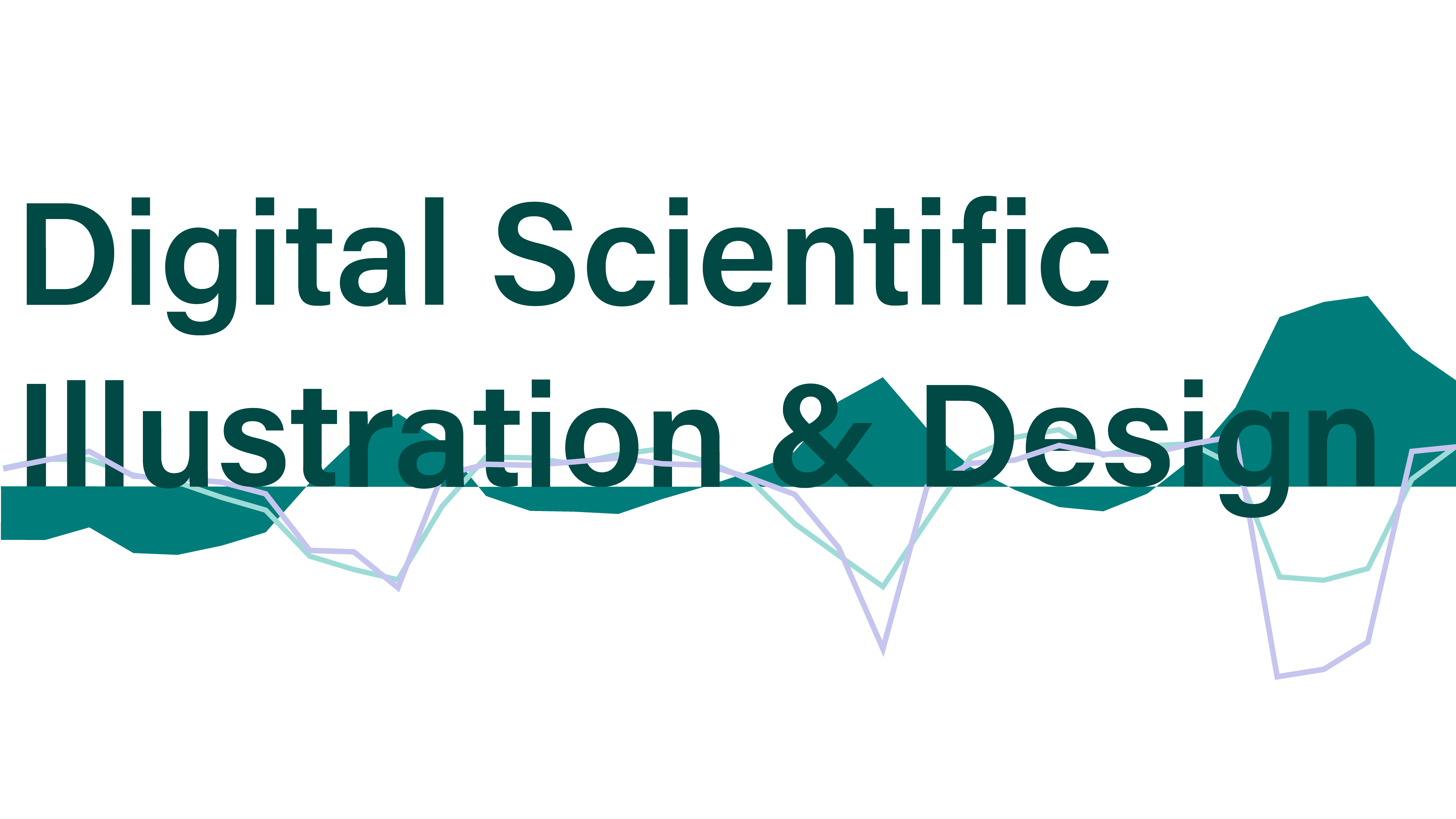
Jacopo Niccolò Cerasoni (Pan-Ev Lab)
Discover the power and applications of vectorial software for the design of scientific figures. Learn how to create effective and successful figures for scientific publications.
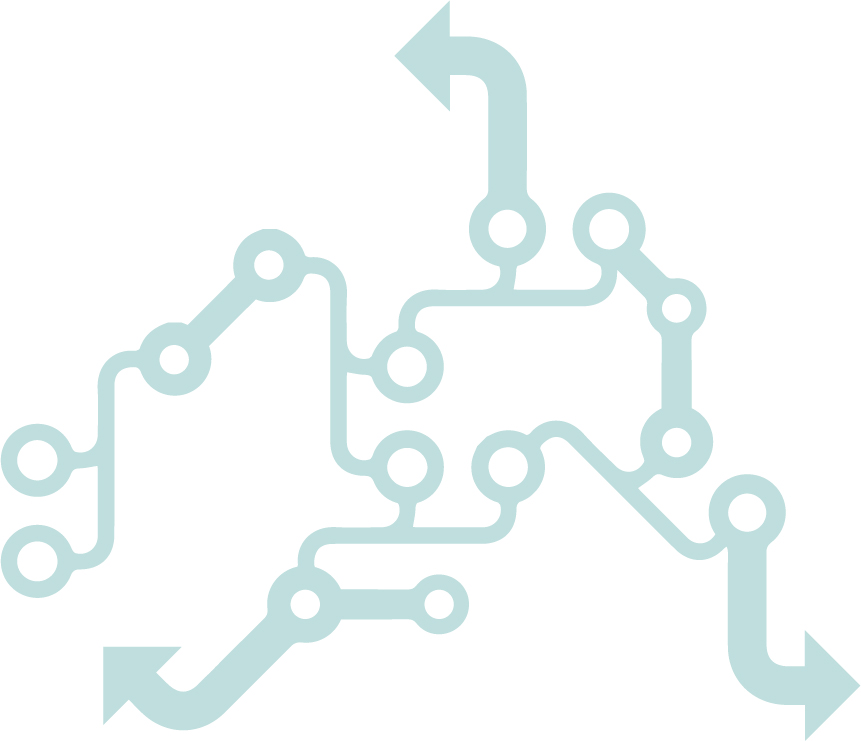
Johannes Englisch (Linguistic and Cultural Evolution)
Version control software is one of the fundamentals of modern software development. However, version control is not only useful for software development, but for all kinds of projects that need to track how files change throughout time. In this course, we'll learn the basics of Git for version control as well as the benefits of platforms like GitHub for collaborative work. Press the class title to view the video!

Sandra Auderset (Linguistic and Cultural Evolution)
LaTeX is a markup language for typesetting academic (and other) documents. Even though it’s been around since the 80s, it is still widely used and very useful. This workshop provides a hands-on introduction to LaTeX to get you started. With special attention to issues plaguing linguists such as dealing with unicode characters, taming diacritics, arranging interlinear glosses, managing different writing systems, and more.

Michelle O'Reilly (Infograpic/Graphic Design unit)
A Crash-Course in Design for Scientists. This presentation will run through basic graphic design principles and techniques that you can apply to your presentations and figures. If time permits, with the help of volunteers, we will run through some real life examples of applying these techniques. Press the class title to view the video!